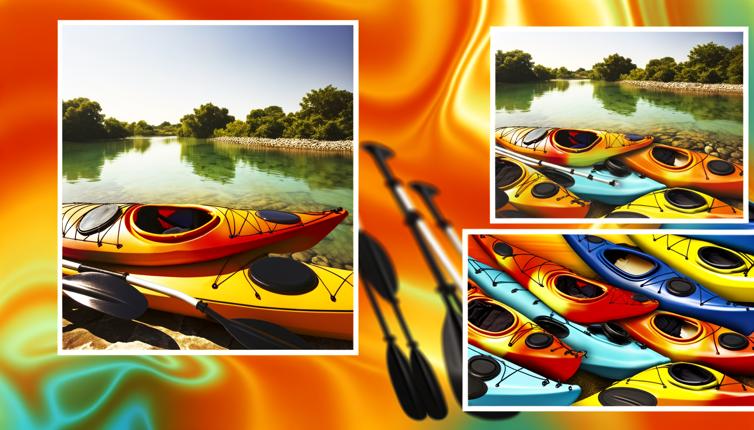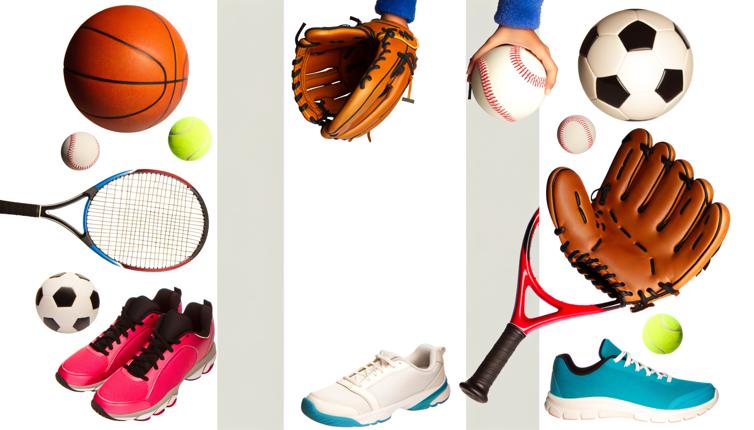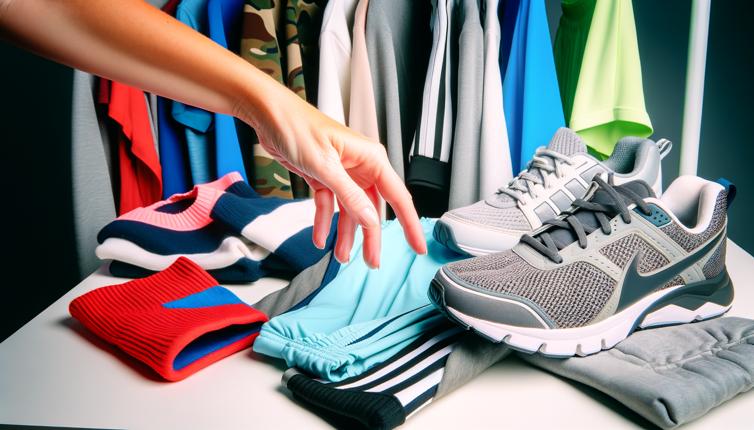Types of Kayaks
Recreational Kayaks: These kayaks are great for beginners and casual paddlers. They are stable, easy to maneuver, and typically have a large cockpit for easy entry and exit. Recreational kayaks are perfect for calm lakes, slow-moving rivers, and coastal waters.,Touring Kayaks: Designed for longer trips and expeditions, touring kayaks offer excellent tracking and stability. They have a narrower hull and a larger storage capacity for camping gear. If you plan to go on multi-day trips, a touring kayak is the way to go.,Sea Kayaks: As the name suggests, sea kayaks are designed for open waters and rough conditions. They have a sleek design, advanced tracking capabilities, and a covered deck to protect against waves and spray. Sea kayaks are ideal for experienced paddlers who want to explore coastal areas or venture into the ocean.,Whitewater Kayaks: If you are seeking adrenaline-pumping action and thrills, whitewater kayaks are the way to go. These kayaks are specially designed to navigate fast-moving, turbulent rivers. They are short, maneuverable, and have a high rocker to handle rapids and drops with ease.,Fishing Kayaks: Anglers will love fishing kayaks, which are equipped with various features like rod holders, storage compartments, and stable platforms for casting. They are designed to provide a comfortable and efficient fishing experience on lakes, rivers, and even inshore saltwater.,Inflatable Kayaks: For those with limited storage space or who want a portable option, inflatable kayaks are a great choice. These kayaks can be easily inflated and deflated, making them convenient to transport and store. Despite their lightweight design, they are durable, stable, and suitable for various water conditions.
Factors to Consider
Intended Use: Determine where and how you will use the kayak. Will you be paddling on calm lakes, whitewater rivers, or open ocean? Different types of kayaks are designed for specific environments.,Skill Level: Consider your paddling skills and experience. Beginners may find recreational kayaks more comfortable and stable, while experienced paddlers might prefer specialized kayaks for specific activities.,Kayak Size: The size of the kayak is crucial for stability and performance. Longer kayaks track better and are faster, while shorter kayaks are more maneuverable. Consider your body size and the amount of storage space you need.,Weight Capacity: Check the weight capacity of the kayak to ensure it can accommodate you and your gear. Overloading a kayak can affect stability and safety.,Kayak Material: Different materials, such as plastic, fiberglass, and carbon fiber, offer various advantages in terms of durability, weight, and cost. Choose a material that best suits your needs and budget.,Comfort and Features: Look for kayaks with comfortable seating, adjustable footrests, and sufficient storage options. Additional features like rudders or skegs can enhance tracking and maneuverability.,Transportation and Storage: Consider the weight and size of the kayak for transportation and storage. If you have limited space, inflatable kayaks or kayaks with modular designs can be more convenient.,Budget: Set a budget for your kayak purchase. While quality kayaks can be expensive, it is essential to invest in a reliable and durable kayak that will last for years.
Try Before You Buy
Before making a final decision, it is highly recommended to try out different kayaks. Many local rental shops offer kayak rentals, allowing you to test different models and determine what suits you best. Take the opportunity to paddle around, test the kayak's stability, maneuverability, and comfort. It will give you a better idea of which kayak feels right for you.,If possible, join kayak demo days or events where manufacturers showcase their kayaks for people to try. These events often have experts who can provide valuable advice and insights based on your specific needs and preferences.,Remember, choosing the right kayak is a personal decision. It should align with your interests, goals, and the type of paddling you plan to do. By trying different kayaks, you can make an informed choice and find the perfect kayak for your aquatic adventures.
Conclusion
Choosing the right kayak is crucial for enjoying your aquatic adventures to the fullest. Consider the type of kayaking you plan to do, your skill level, and your budget when making a decision. By understanding the different types of kayaks and the factors to consider, you can narrow down your options and make a choice that suits your needs. Remember to test kayaks before making a final purchase, as personal experience is essential. With the right kayak, you'll be ready to paddle up and embark on thrilling and memorable water expeditions.









